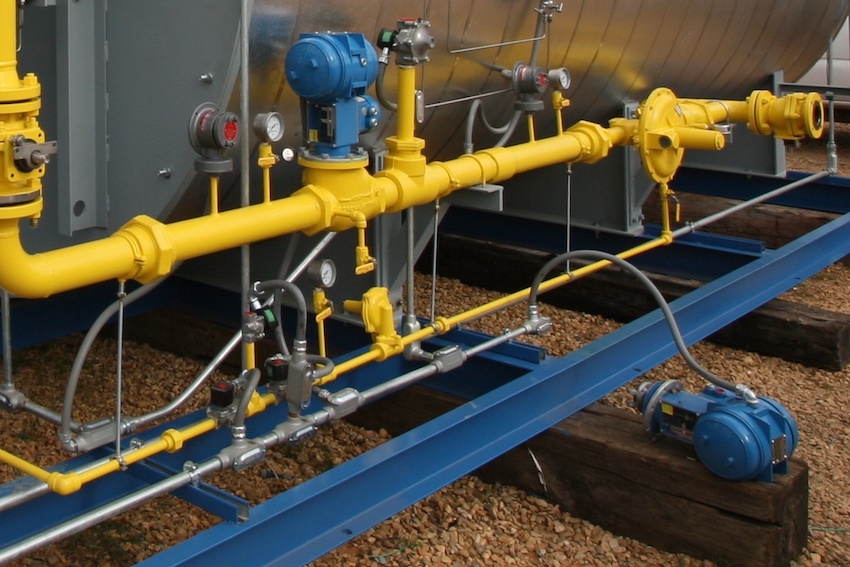
Raw natural gas is can be extremely corrosive and mildly toxic, which makes it difficult to transport and store long-term and unfit to serve as a clean fuel. In order to convert raw natural gas into a non-toxic form that can be stored for extended periods of time and transported easily, it must be refined or “conditioned.”
Raw natural gas is a heterogeneous mixture that can contain any of the following of solids and debris; water; carbon dioxide (CO2); hydrogen sulfide (H2S); oxygen; and hydrocarbons. There are two types of raw natural gas: wet and dry. Dry raw natural gas is – in addition to CO2, H2S and other contaminants – almost pure methane. Wet raw natural gas contains methane and contaminants, but also heavier hydrocarbons that have value.
Removal Of CO2 And H2S: Amines vs. Membranes And Hybrids
Carbon dioxide and hydrogen sulfide are the two most prevalent contaminates gases in raw natural gas. In addition, these two gases are the most corrosive, particularly in combination with water. The two traditional methods for removing CO2 and H2S are amines and membranes.
Amines
For the purposes of gas conditioning, an amine is an aqueous alkanolamine solution. When fed into an absorber column containing raw natural gas, the amines react with the CO2 or H2S creating chemical compound bonds in the form of dissolved salt. The lighter natural gases escape through an out-take at the top of the column, and the salt vapors are sent to an amine stripper where they are reconditioned then sent back into the cycle again.
Membranes
Membranes are analogous to a particle respirator. Membranes filter the CO2 and H2S out from the hydrocarbons on a molecular level. A membrane requires no chemical reaction.
The natural gas industry manages gas conditioning and the removal of contaminants using a variety of technologies, but two of the most proven methods for removing a common contaminant (CO2) are amine (aqueous alkanolamine solution) technologies and membrane technologies.
Hybrid Technology
The objective of conditioning raw natural gas with amines and membranes is to reduce the number of contaminants to a number that meets industry standards. Hybrid technologies allow conditioning plants to produce refined natural gas in high volume.
Membranes conditioning technology can move large volumes of raw natural gas quickly, but the conditioned gas produced has higher parts-per-million of contamination than that conditioned with amines. However, the amine process is much slower. By putting a membrane upstream from an amine conditioning column, the process is sped up considerably and produces much cleaner natural gas.
Separation Of Hydrocarbons
In addition to removing unwanted elements in wet raw natural gas, the hydrocarbons – propane, butane, pentane, ethane, isobutane, etc. – are separated. Each hydrocarbon is unique, and most have specific uses for which they are best suited. Separating natural gases allows for the most efficient commercial use of each type.
Separating the individual hydrocarbons out of heterogeneous natural gas is the last step in the conditioning process.
Cooling Technology
In order to separate the individual hydrocarbons, conditioned natural gas is sent into a fractionation train. The gas is sent through several tanks – deethanizer, depropanizer and a debutanizer – where the temperature of the gas is lowered or raised in order to separate the heavier gasses from the lighter. The heaviest gas at each stage sinks to the bottom of the tank and is captured in a discharge tank.